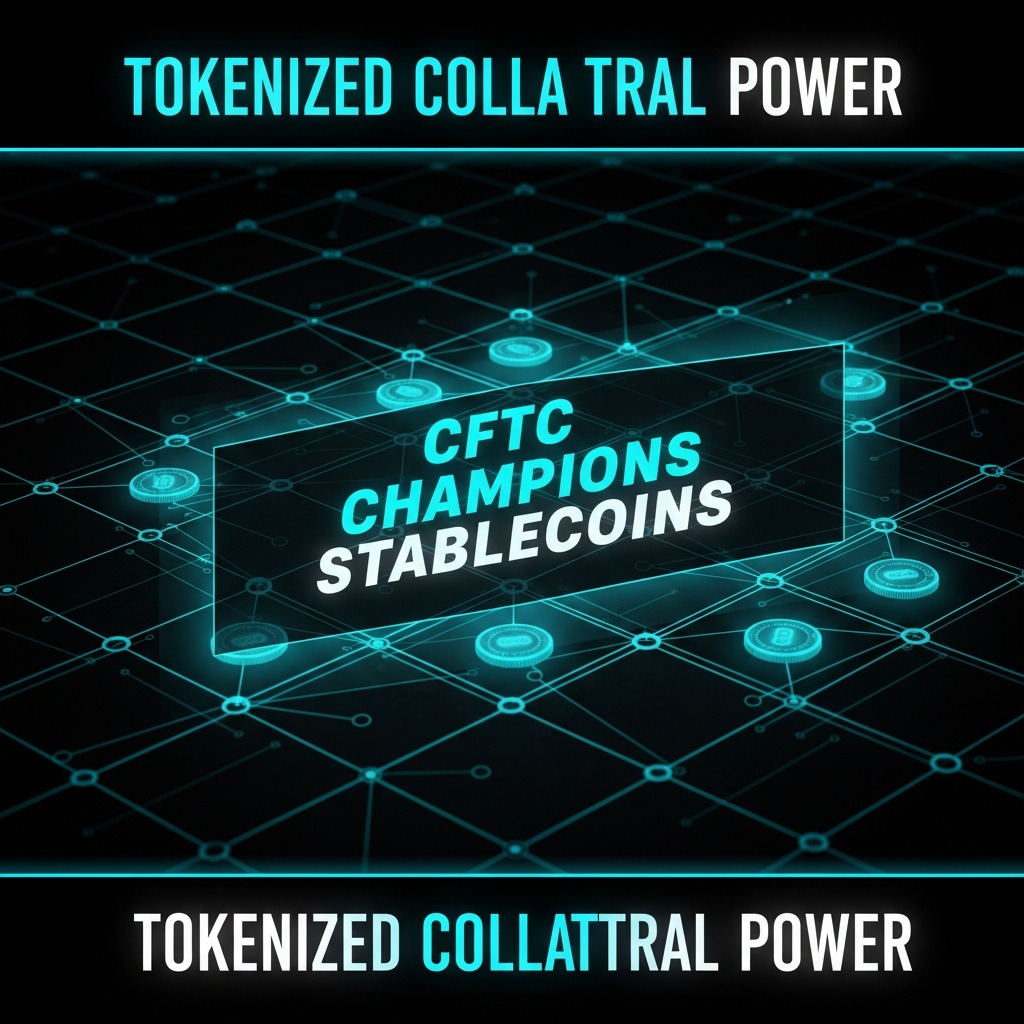The U.S. Commodity Futures Trading Commission (CFTC) has unveiled a new initiative aimed at integrating stablecoins as tokenized collateral in the derivatives market, emphasizing the need for industry insights to effectively implement this policy. This development is part of a broader effort to enhance crypto integration within the U.S. financial landscape.
In her latest address, CFTC’s acting chair, Caroline Pham, highlighted the potential of stablecoins to revolutionize collateral management. “For years I have said that collateral management is the ‘killer app’ for stablecoins in markets,” she affirmed. Her comments underscore the agency’s commitment to fostering innovative approaches that facilitate economic growth through efficient financial practices.
Despite the current absence of a confirmed CFTC chair, due to delays in the nomination process for President Trump’s pick, former Commissioner Brian Quintenz, Pham has taken the lead by launching a “crypto sprint” that aims to fast-track regulatory initiatives. She is working in conjunction with Securities and Exchange Commission Chairman Paul Atkins to streamline the regulatory landscape for digital assets.
The push for tokenized collateral comes on the heels of the Guiding and Establishing National Innovation for U.S. Stablecoins Act (GENIUS) Act, which has recently established a regulatory framework for stablecoins. These dollar-pegged tokens are now recognized as integral to the functioning of crypto markets and the broader ecosystem of decentralized finance (DeFi).
In its recent press announcement, the CFTC called on input from key players in the crypto industry. Noteworthy organizations such as Circle, Coinbase, and Ripple have been invited to submit their written perspectives on this initiative, with a submission deadline set for October 20.
The CFTC’s initiative aligns with a recent report from the President’s Working Group, which urged the agency to provide guidance regarding the use of tokenized non-cash collateral for regulatory margin purposes. Pham believes that the enhancements in the market through the adoption of tokenized assets will foster a more efficient capital environment. “These market improvements will unleash U.S. economic growth because market participants can put their dollars to work smarter and go further,” she stated, emphasizing the potential benefits that such changes may bring.
As the CFTC moves forward with this initiative, industry stakeholders are closely watching how this will unfold, given the increasing interest in integrating digital assets within traditional financial frameworks. The incorporation of stablecoins for margin requirements could ultimately pave the way for more innovative financial products, as well as enhanced liquidity in the derivatives markets.
In conclusion, the CFTC’s proactive approach to incorporating stablecoins into its regulatory framework reflects a significant step towards accommodating the evolving landscape of cryptocurrency and digital assets in traditional finance. By inviting feedback from industry leaders, the CFTC aims to create a balanced and effective policy that addresses the needs of both regulators and market participants.



